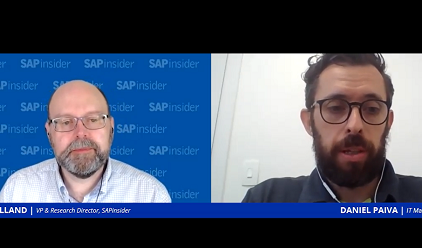Connected Composability: Why Your Composable ERP Strategy Is Failing
Key Takeaways
⇨ Composable ERP strategies are essential for agility and efficiency, but their success relies on integrating data across all applications effectively.
⇨ The shift to composable ERP reflects a need for specific functionality and flexibility, bridging the gap between legacy and modern applications.
⇨ To maximize the benefits of composable ERP, organizations must focus on deploying integration platforms effectively, enabling the decoupling and rejoining of applications, and fostering a Data Community of Practice.
The ERP modernization initiatives underway around the world are very different from your typical “business as usual” integration. Instead of being driven by IT, with IT outcomes, you’re now driven by business and operations leaders looking for tangible business outcomes. And because this includes shifting your traditional
ERP application to the cloud, there’s an added layer of complexity. But the cloud also enables a different way of integrating data and applications that, when implemented correctly, can shorten timescales to delivery and
open visibility into performance of new processes and data.





